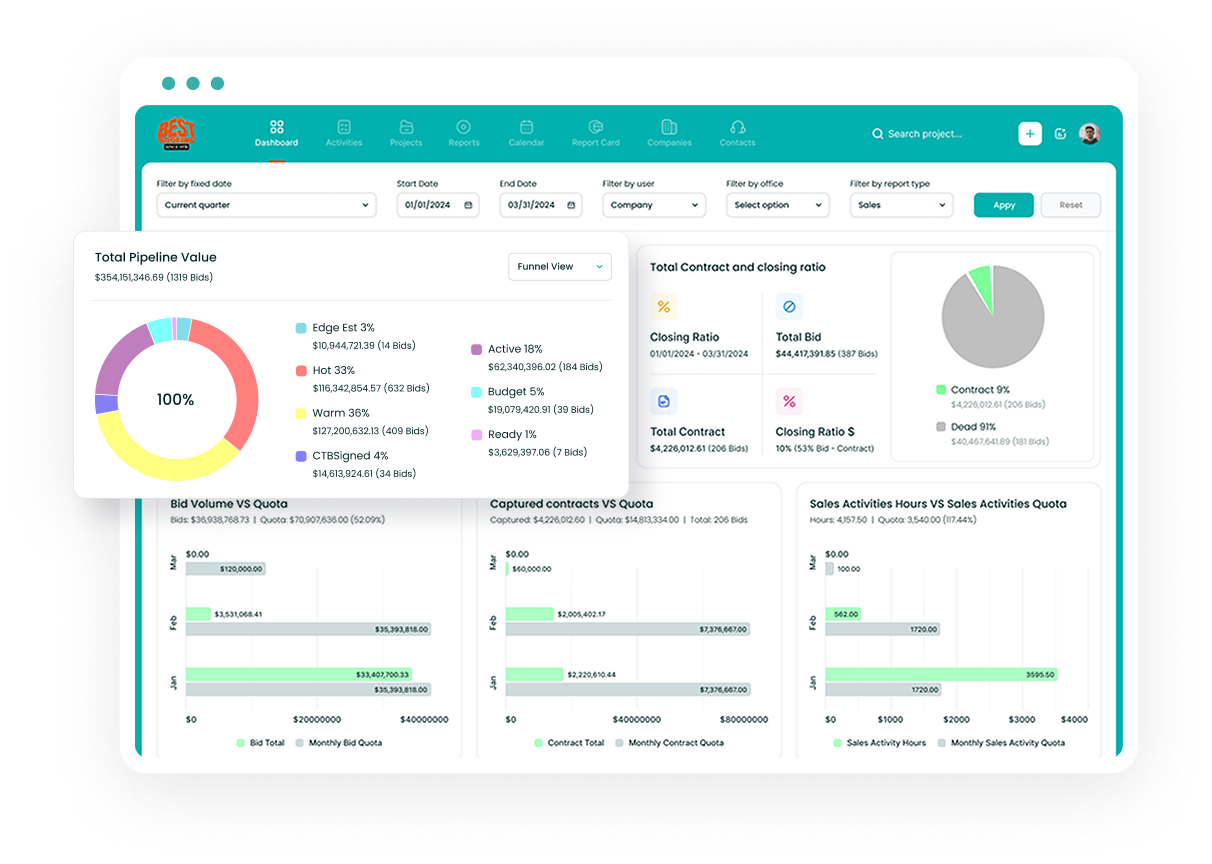How to Change Currency in Sage 100 to USD
Managing foreign currency transactions can be a daunting task for businesses operating internationally. The complexity of handling multiple currencies, fluctuating exchange rates, and maintaining accurate financial records often leads to inefficiencies and errors. However, Sage 100 offers robust multi-currency capabilities that simplify this process. In this guide, we will walk you through exact steps to change your currency to USD in Sage 100, ensuring seamless integration and accurate financial reporting.
Multi-Currency Management in Sage 100
Managing multiple currencies in business operations presents unique challenges for organizations operating internationally. Many businesses struggle with currency conversions, exchange rate fluctuations, and maintaining precise financial records across different currencies. This comprehensive guide explores how to effectively change and manage USD currency in Sage 100, ensuring your financial operations remain streamlined and accurate.
The complexity of international transactions requires a robust system that can handle various currency-related tasks efficiently. Sage 100 provides comprehensive multi-currency capabilities that address these challenges directly. When properly configured, this powerful software enables businesses to maintain accurate financial records while managing transactions in different currencies seamlessly.
Setting Up USD Currency Configuration
The initial setup of USD currency in Sage 100 requires careful attention to detail and proper configuration. Starting with the right settings ensures smooth operations and prevents potential issues down the line. The Administration and Data Management sections contain essential tools for currency management.
To begin the currency configuration process in Sage 100, navigate through the Administration menu to locate the Currency Configuration section. This area contains all necessary settings for establishing USD as your primary currency. The system allows for customization of currency symbols, codes, and exchange rate preferences.
These fundamental currency settings serve as the starting point for all future transactions. When configuring USD as your base currency, consider your organization's specific needs and reporting requirements. The system offers flexibility in how currency information displays across different modules and reports.
Your business requirements determine specific currency settings that need attention:
- Default exchange rate sources and update frequency
- Currency symbol display preferences
- Decimal place configurations for monetary values
- Transaction rounding rules
- Foreign currency account structures
Managing Exchange Rates
Exchange rate management requires regular attention to maintain accurate financial records. Sage 100 provides options for both manual and automated exchange rate updates. Regular monitoring and updates of these rates ensure that all financial calculations reflect current market conditions.
The system supports various methods for managing exchange rates, including direct input from trusted financial sources. Organizations can choose between automatic updates from the Federal Reserve System or manual entry based on their preferred exchange rate sources. This flexibility allows businesses to maintain control over their currency conversion processes.
Setting up automated exchange rate updates reduces manual intervention and potential errors. The system can be configured to update rates at specified intervals, ensuring that all transactions use current exchange rates. This automation helps maintain accuracy in financial reporting and reduces the administrative burden on accounting staff.
Foreign Currency Transaction Processing
Processing transactions in foreign currencies becomes straightforward with proper configuration in Sage 100. The system handles currency conversions automatically during transaction entry, maintaining accuracy across all financial records. Users can enter transactions in any enabled currency, and the system manages the conversion to USD automatically.
When creating invoices or processing payments in foreign currencies, Sage 100 maintains both the original currency amount and the USD equivalent. This dual-record keeping ensures accurate financial reporting and simplifies reconciliation processes. The system also tracks gains and losses from exchange rate fluctuations automatically.
Foreign currency transactions require special attention during month-end processes. Regular reconciliation helps identify and correct any discrepancies that might arise from exchange rate fluctuations. The system provides tools for tracking and adjusting these variations effectively.
Proper handling of foreign currency transactions involves several critical steps:
-
Enter the transaction in the original foreign currency with current exchange rates.
-
Review automatic currency conversions for accuracy before posting.
-
Process any necessary exchange rate adjustments during month-end procedures.
-
Generate reports showing both original currency and USD equivalent amounts.
-
Reconcile foreign currency accounts regularly to maintain accuracy.
Multi-Currency Reporting Features
Sage 100 offers comprehensive reporting capabilities for businesses dealing with multiple currencies. These reporting tools provide clear visibility into financial positions across different currencies while maintaining compliance with international accounting standards. The system generates reports that show both original currency amounts and their USD equivalents.
Financial statements can be generated in multiple formats to meet various reporting requirements. Users can view reports in either the original transaction currency or USD, providing flexibility for different stakeholders' needs. This capability ensures that financial data remains transparent and accessible regardless of the currency involved.
The reporting system includes specialized features for handling currency revaluations and exchange rate adjustments. These tools help maintain accurate financial records by tracking and documenting currency-related gains and losses. Regular reporting helps identify trends and potential issues before they impact financial statements significantly.
Organizations should maintain these essential reports for proper currency management:
- Foreign currency transaction summaries
- Exchange rate variation reports
- Currency revaluation journals
- Multi-currency trial balances
- Foreign currency cash flow statements
Troubleshooting Currency Issues
Currency-related issues can arise during regular operations, but most have straightforward solutions within Sage 100. Common challenges include exchange rate discrepancies, currency symbol mismatches, and restrictions on currency changes for existing records. Understanding these potential issues helps prevent problems before they occur.
Regular system maintenance and updates help prevent many currency-related problems. Checking exchange rates, verifying currency symbols, and reviewing transaction settings should become part of routine system maintenance. This proactive approach reduces the likelihood of serious issues developing.
When problems do occur, Sage 100 provides tools for identifying and correcting currency-related issues. The system maintains detailed audit trails that help track down the source of discrepancies. Most currency-related problems can be resolved by reviewing and adjusting the relevant settings or transactions.
Bank Account Integration
Managing multiple bank accounts across different currencies requires careful integration within Sage 100. The process involves linking foreign currency accounts while maintaining accurate transaction records in USD. This integration ensures smooth operations for international banking activities.
Bank reconciliation becomes more efficient when accounts are properly integrated with Sage 100's multi-currency system. The software automatically tracks currency differences and maintains separate ledgers for each currency while converting all values to USD. This automated tracking reduces manual reconciliation efforts and minimizes potential errors.
Regular monitoring of integrated bank accounts helps identify any discrepancies early. The system maintains detailed records of all currency conversions and transaction histories. These records prove invaluable during audit processes and help maintain compliance with international banking regulations.
Advanced Revaluation Methods
Currency revaluation in Sage 100 involves sophisticated processes that maintain accuracy in financial reporting. The system offers various revaluation methods that accommodate different business needs and accounting practices. Regular revaluation ensures that financial statements reflect current market conditions accurately.
Automated revaluation processes reduce the time and effort required for currency adjustments. The system can be configured to perform revaluations at scheduled intervals, ensuring consistent and timely updates. This automation helps maintain accurate financial records while reducing the risk of human error.
The revaluation process generates detailed reports that track all currency adjustments and their impact on financial statements. These reports provide essential information for financial analysis and decision-making. Organizations can use this data to optimize their currency management strategies and improve financial outcomes.
Successful currency revaluation requires attention to these critical procedures:
-
Schedule regular revaluation processes based on business volume and currency volatility.
-
Review generated reports to identify significant currency fluctuations.
-
Document all revaluation adjustments for audit purposes.
-
Monitor the impact of revaluations on financial statements.
-
Adjust revaluation frequency based on market conditions.
Compliance Documentation
International business operations require strict adherence to various financial regulations and standards. Sage 100 provides comprehensive tools for maintaining compliance documentation related to currency management. The system helps organizations track and report currency-related activities effectively.
Documentation requirements vary depending on the countries involved in transactions. The software maintains detailed records of all currency conversions, exchange rates used, and adjustment histories. This thorough documentation supports compliance efforts and simplifies audit processes.
Regular review of compliance documentation ensures that all required information is properly maintained. Organizations should establish clear procedures for documenting currency-related activities and maintaining these records. Proper documentation practices help prevent compliance issues and support smooth audit processes.
These essential compliance documents require regular maintenance:
- Currency conversion audit trails
- Exchange rate change logs
- Revaluation adjustment records
- Foreign transaction summaries
- Bank reconciliation reports
Vendor Payment Management
International vendor relationships often involve complex payment arrangements in multiple currencies. Sage 100 streamlines these payments by automatically handling currency conversions and maintaining accurate payment records. The system ensures that vendors receive correct payments in their preferred currency while maintaining USD-based accounting records.
Setting up vendor payment preferences involves specifying default currencies and payment methods for each vendor. The system maintains these preferences and applies them automatically during payment processing. This automation reduces manual intervention and ensures consistency in vendor payments.
Regular review of vendor payment settings helps prevent payment errors and maintains good vendor relationships. The system provides tools for tracking payment histories and currency preferences for each vendor. These tools help organizations manage vendor relationships effectively while maintaining accurate financial records.
Monitoring vendor payment activities helps identify potential improvements in payment processes. Organizations can analyze payment patterns and currency preferences to optimize their payment strategies. This analysis can lead to more efficient payment processes and better vendor relationships.
Implement Your Sage 100 Currency Setup
The successful implementation of USD currency management in Sage 100 requires careful planning and attention to detail. Organizations that follow these guidelines can achieve efficient currency management while maintaining accurate financial records. Regular system maintenance and updates ensure continued success with multi-currency operations.
Consider your organization's specific needs when configuring currency settings in Sage 100. The system offers flexibility to accommodate various business requirements while maintaining strict financial controls. Taking time to properly configure these settings pays dividends in improved efficiency and accuracy.
Start by reviewing your current currency management processes and identifying areas for improvement. Sage 100 provides tools to address common currency management challenges while supporting growth in international operations. Implementation success depends on proper configuration and regular maintenance of currency-related settings.
The CRM Built For Construction Companies
No more disorganized data. Track your leads, bids, and customers all in one place.
Seamless Integration with:
✅ Foundation ✅ Viewpoint ✅ Sage and more

Request a Live Demo Now
Learn more about how Followup CRM can help your construction company grow.





-Jan-28-2025-06-21-24-2762-PM.webp)

-Jan-27-2025-06-23-51-3249-PM.webp)
-Jan-24-2025-09-22-44-2003-PM.webp)